- No products in the cart.
Glansin caps. with modif.vysv. 0.4mg 90 pc
$19.87
Glansin caps. with modif.vysv. 0.4mg 90 pc
Description
Composition
Active substance:
Pellets of tamsulosin hydrochloride 0.2% * – 200 mg containing tamsulosin hydrochloride – 0.4 mg * during production of pellets as solvents are 2-propanol (USP) and water (BP), which are not contained in the finished product.
Excipients:
Sugar nibs [sucrose, starch syrup] 182.66 mg ethylcellulose 1.6 mg, methylacrylic acid-ethyl acrylate copolymer [1: 1] 14.1 mg macrogol 6000 1.24 mg sugar crumbles [sucrose, starch syrup] 60 0 mg
The cap of the capsule: Gelatin 20.4792 mg, 3.4800 mg of water, colorant azorubin 0.0216 mg, 0.0190 mg of sodium lauryl sulfate
Capsule Shell: Gelatin 33.3138 mg Water 5.6550 mg, 0.0312 mg of sodium lauryl sulfate
Ink for inscribing the capsule shell: 30-34% ethanol, 2-propanol 3-6% Butanol 3-5%, 0.5-2% propylene glycol, shellac 20-24% iron oxide black colorant 20-24% .
Description:
Hard gelatin capsules number 2, a transparent body, a pink cap, with an inscription in black «HiGlance» on the lid.
The contents of the capsules are white or almost white pellets.
Product form:
For pharmacies: Capsules modified release 0.2 mg, 04 mg. 10 capsules in Al / Al blister, and / or a PVDC / PVC / Al blister. At 1, 3, 6 or 9 on the blister 10 (№ 10, № 30, № № 60 or 90) capsules with instructions for medical use in a cardboard box.
For hospitals: Capsules modified release 0.2 mg, 04 mg. 100, 500 or 1000 capsules per package PVC bag with instructions for use in a bank of high-density polyethylene.
Contraindications
Hypersensitivity to tamsulosin or any other component of the formulation; deficit sucrase / isomaltase; fructose intolerance; glucose-galactose malabsorption; orthostatic hypotension (including history); severe hepatic impairment, children up to 18 years.
Precautions – severe renal impairment (creatinine clearance less than 10 mL / min); hypotension, while the use of alpha 1-blockers.
Dosage
0.4 mg
Indications
Treatment dizuricheskih disorders of benign prostatic hyperplasia (including the treatment of urination disorders).
Interaction with other drugs
While the use of cimetidine was a slight increase in the concentration of tamsulosin in blood plasma, with furosemide – reducing the concentration of tamsulosin, but it does not require changing the dose of tamsulosin as the drug concentration is within the normal range. Diclofenac and warfarin may slightly increase the elimination rate of tamsulosin. The simultaneous use of tamsulosin with other antagonists of alpha1-adrenoceptors may cause a decrease in blood pressure. Together with the admission atenolol, enalapril, nifedipine drug interaction was found. Diazepam, propranolol, trichloromethiazide, chlormadinone, amitriptyline, diclofenac, glibenclamide, simvastatin and warfarin does not alter the free fraction of tamsulosin in vitro in human plasma. Tamsulosin free fraction does not change diazepam, propranolol, trichlormethiazide and chlormadinone. In in vitro studies have not revealed interaction on the level of hepatic metabolism with amitriptyline, salbutamol, glibenclamide and finasteride.
The simultaneous use of tamsulosin with potent inhibitors of CYP3A4 isoenzyme may lead to increased steps tamsulosin. While the use of ketoconazole (a known potent inhibitor of CYP3A4) increases area under the curve “concentration-time” (AUC) Cmax tamsulosin with a coefficient of 2.8 and 2.2 respectively. Tamsulosin not be used simultaneously with strong CYP3A4 inhibitors in patients with slow metabolism phenotype isozyme CYP2D6. With simultaneous use of tamsulosin paroxetine (a potent inhibitor of isozyme CYP2D6) AUC and Cmax increased tamsulosin 1.3 and 1, 6 times, respectively, but this increase was not clinically significant.
Overdose
There were no cases of acute drug overdose.
Symptoms. You may experience severe hypotension and compensatory tachycardia.
Treatment. Symptomatic therapy: making a horizontal position to a patient, optionally – administering plazmozameshchath solutions or vasoconstrictors. It is necessary to monitor renal function. It is unlikely that dialysis would be effective, since tamsulosin is 99% bound to plasma proteins.
To prevent further absorption of tamsulosin may gastric lavage, activated charcoal or osmotic laxative.
pharmachologic effect
Pharmacodynamics:
Tamsulosin is a specific blocker of postsynaptic alpha1-adrenergic receptors located in the smooth muscle of the prostate, bladder neck and prostatic urethra. The blockade of alpha1-adrenoceptor tamsulosin reduces the tone of smooth muscles of the prostate, bladder neck and prostatic urethra and improve urine flow. At the same time decrease as the voiding symptoms, and urinary bladder filling symptoms are caused by increased tone of smooth muscle and detrusor overactivity in benign prostatic hyperplasia.
The ability to influence the tamsulosin alpha1 adrenoceptor subtype 20 times greater than its ability to interact with adrenoceptor subtype alfa1v which are located in vascular smooth muscle. Due to their high selectivity, the drug does not cause a clinically significant decrease in systemic blood pressure (BP) both in hypertensive patients and in patients with normal blood pressure source. The drug has a prolonged action (modified release).
Pharmacokinetics:
Tamsulosin is well absorbed in the gut and has almost 100% bioavailability. Absorption of tamsulosin slows down somewhat after a meal. The same level of absorption can be achieved if the patient takes the drug each time, after the usual breakfast. Tamsulosin is characterized by linear kinetics. After a single oral administration of 0.4 mg capsules fasting maximum concentration (Cmax) of tamsulosin in blood plasma obtained 6 hours. When administered 0.4 mg capsule per day for several days, the equilibrium concentration achieved by the 5th day, and its value is approximately 2/3 above this value, after a single dose. Plasma protein binding of 99%. The volume of distribution is small and amounts to about 0.2 L / kg. Tamsulosin slowly metabolized in the liver with the formation of less active metabolites. Most of tamsulosin is present in plasma in unchanged form.
In mild and moderate hepatic failure is not required dosing regime correction.
Tamsulosin and its metabolites are mostly excreted in the urine, with about 9% of the drug is released in unaltered form. The half-life during single dose of tamsulosin capsules at a dose of 0.4 mg after 10 hours of food, when administered within a few days – 13 hours.
In renal insufficiency does not require dose reduction, if the patient has severe renal failure (creatinine clearance less than 10 mL / min) tamsulosin assignment must be done with caution.
Pregnancy and breast-feeding
Glansin is intended for use only in males.
Conditions of supply of pharmacies
On prescription.
side effects
Graduation rate of side effects: very common> 1/10 often by> 1/100 to 1/1000 and 1/10 000
Cardio-vascular system: rarely – palpitations, postural hypotension, very rarely – atrial fibrillation, dyspnea, arrhythmia. On the part of the gastrointestinal tract: rarely – constipation, diarrhea, nausea, vomiting, rarely – dry mouth. From the nervous system: often – dizziness; rarely – headache, rare – syncope, somnolence. Reproductive system: often – abnormal ejaculation, very rarely – priapism. On the part of the respiratory, thoracic and mediastinal disorders: rarely – rhinitis, very rarely – nosebleeds. Violations of the skin and subcutaneous tissue: rare – rash, pruritus, urticaria; rarely – angioedema (including angioedema); very rarely – Stevens-Johnson syndrome, erythema multiforme, exfoliative dermatitis. Violation of general condition: rarely – fatigue. Miscellaneous: intraoperative instability iris (pupil narrow syndrome) during cataract surgery in patients treated with tamsulosin.
special instructions
Precautions should be prescribed with severe renal failure severity (less than 10 ml / min creatinine clearance) as well as with other alpha1-adrenoceptor antagonists. The drug should be used with caution in patients with a predisposition to orthostatic hypotension. At the first signs of orthostatic hypotension (dizziness, weakness) the patient must sit or lie down and to remain in this position as long as the above symptoms disappear. Before the start of the drug is necessary to verify the diagnosis and exclude other diseases that can cause similar symptoms.
Before and at regular intervals during treatment should be performed digital rectal examination and, if appropriate, determination of prostate specific antigen (PSA).
It is advisable to stop taking the drug for 1-2 weeks prior to cataract surgery and glaucoma (in patients receiving the drug may develop intraoperative iris instability eye syndrome (narrow pupil syndrome), it is necessary to consider surgery for preoperative patient preparation and during the operation). There are reported cases of priapism and prolonged erection during therapy with alpha 1-adrenoblakatorami. In the case of maintaining an erection for 4 hours should seek immediate medical attention. If priapism treatment was not carried out immediately, it can lead to damage to the tissue of the penis and irreversible loss of potency.
The capsule 1 (0.2 mg or 0.4 mg) contained 0.26 g of carbohydrates, which corresponds to 0.026 HE (HE 1 (bread unit) – 10 g carbohydrate).
The content of a minimum amount of carbohydrates is to assign the drug to patients with diabetes.
Effect on the ability to drive mechanisms and
During the period of treatment must be careful when driving and occupation of other potentially hazardous activities that require high concentration and speed of psychomotor reactions, because drug may cause dizziness and other side effects that may affect these abilities.
Storage conditions
In a dry place at a temperature not higher than 25 ° C. Keep out of the reach of children.
Dosing and Administration
Inside of 0.4 mg (1 capsule) 1 time per day after the first meal (time interval between administration of the drug should be 24 hours). Capsules should be swallowed whole (it can not be chewed or milled, as this may influence the release rate of tamsulosin). At light and medium hepatic dysfunction and renal impairment, dose adjustment is required. When hypersensitive dose of 0.4 mg, administered at a dose of 0.2 mg per day. If the drug at a dose of 0.2 mg or 0.4 mg was interrupted for two weeks (for whatever reason), then treatment should start again with the same dosage.
Duration of application is not limited to, a drug is administered in the form of continuous therapy.
Information
Appearance may differ from that depicted in the picture. There are contraindications. You need to read the manual or consult with a specialist
Additional information
| Weight | 0.100 kg |
|---|---|
| Manufacturer | HAYGLANS |

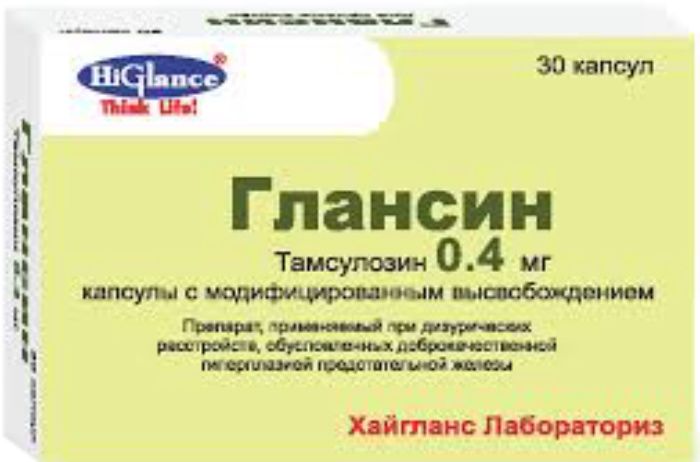
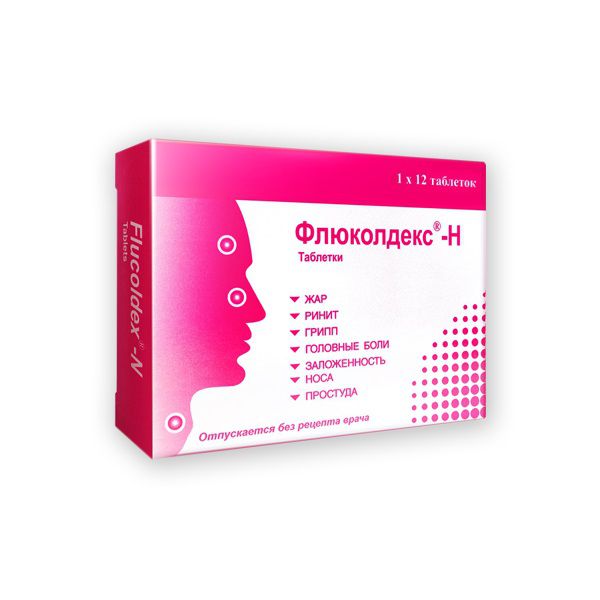
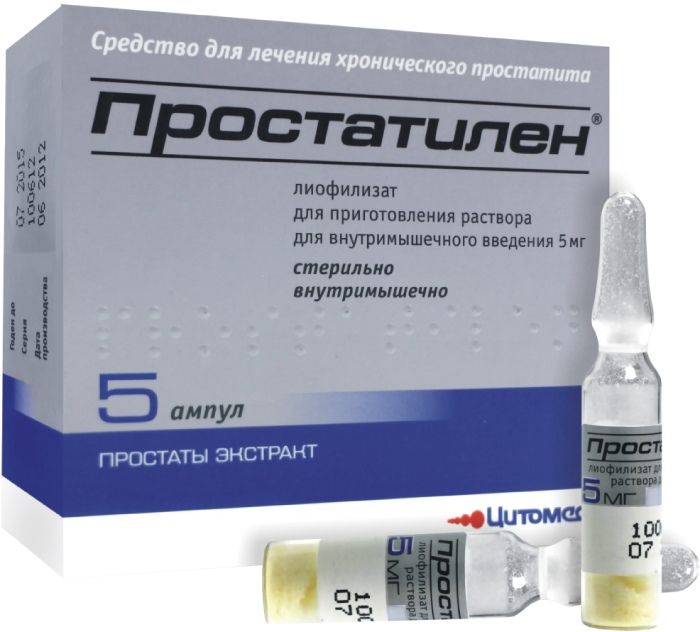




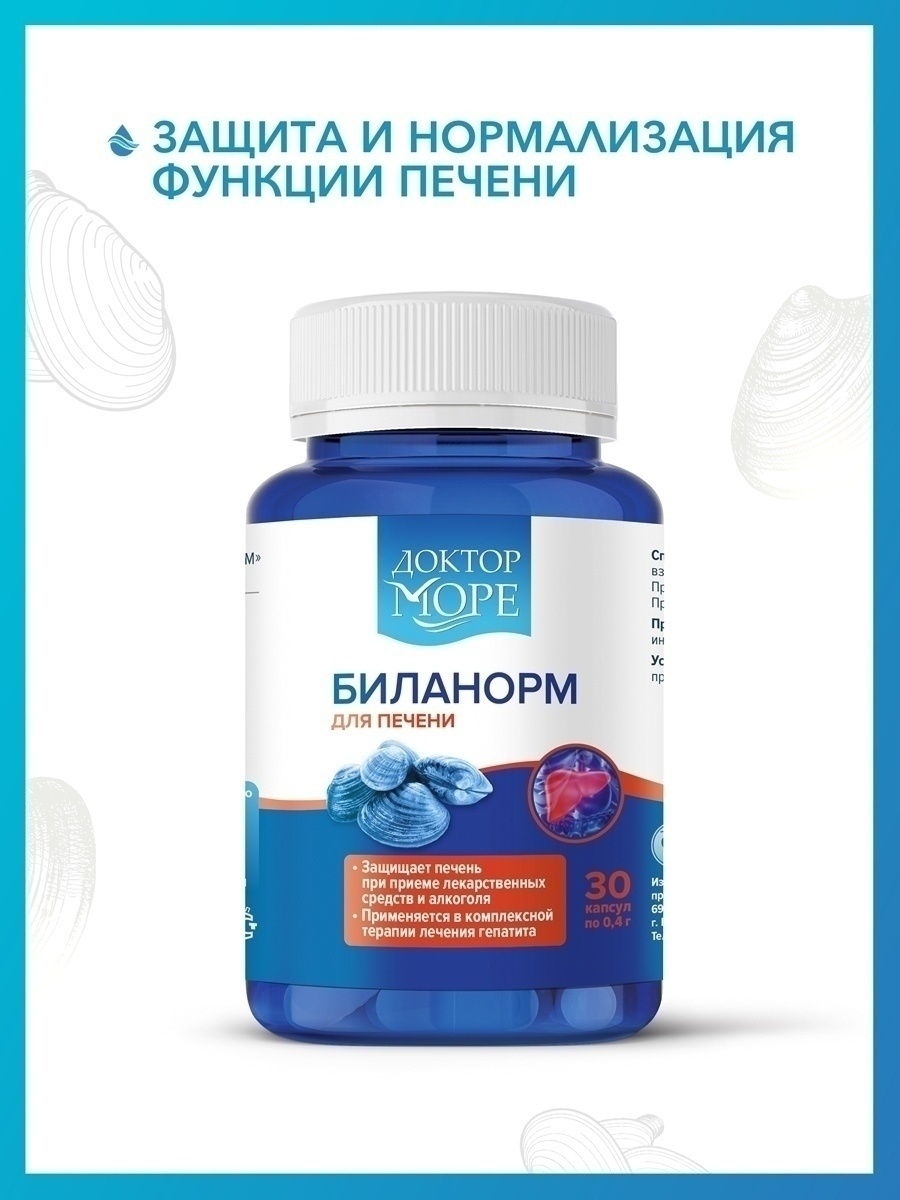
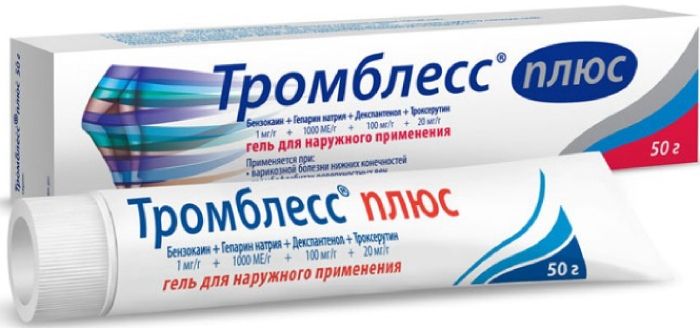




There are no reviews yet.